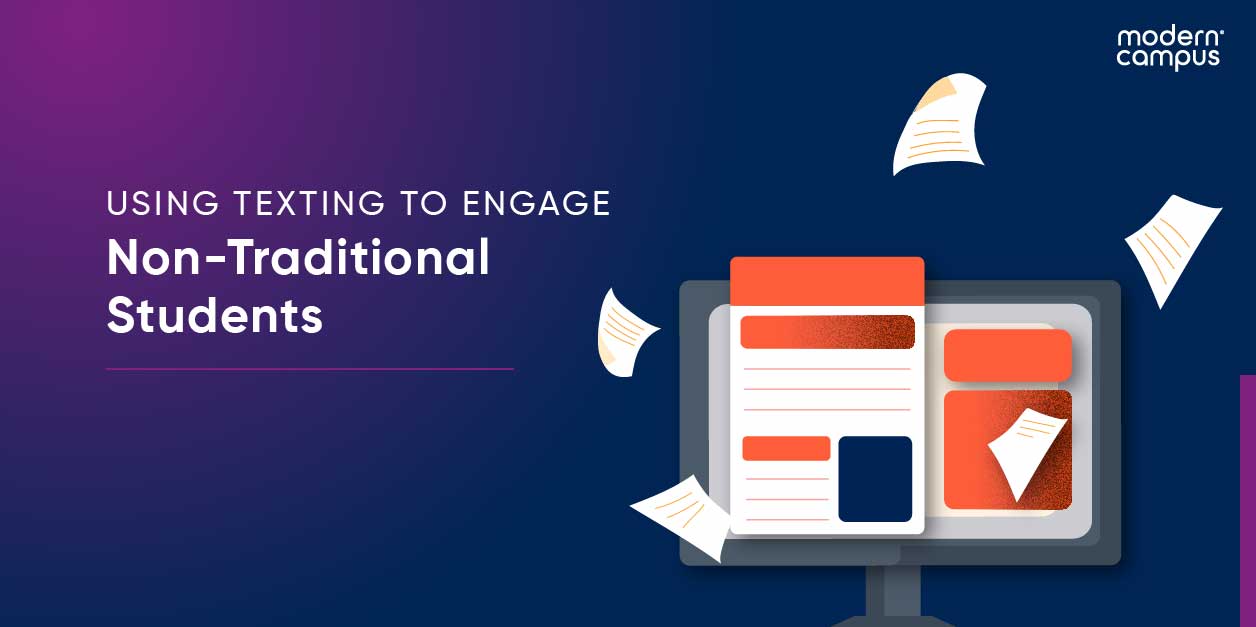Clarifying the Alternative: Why Higher Ed Needs to Better Define Microcredential Skills
Continuing education aims to serve students, employers and the local community. However, many institutions struggle to showcase the breath, depth and value of their learner’s newly acquired skills to employers.
The variance between programs and institutions can especially complicate things, leaving potential employers in the dark about a prospective hire’s skills.
On this week’s episode of Illumination, host Amrit Ahluwalia is joined by Dennis Di Lorenzo, Higher Education Consultant and Chief Business Officer for RIT Certified—Rochester Institute of Technology’s upcoming microcredential unit. Recorded live at this year’s UPCEA conference in Orlando, Florida, the two discuss the development of an alternative credentialing model and how continuing ed can work as a shared service across an institution.
Many pillars of education—such as alternative credentials and the value of a traditional —are well established already. But Di Lorenzo says there are additional faucets that are yet to be entrenched, including online learning and talent supply.
“CEOs are looking for better ways to recruit and filter talent,” Di Lorenzo says. “They’re wondering what the meaning of these different approaches to upskilling or reskilling are, and if there is value.”
He adds that the traditional model, the four-year degree, isn’t holding as much sway as it once did.
Recruiters are demanding a way to measure the strengths, skills, experiences and knowledge sets of their candidates. It’s is one thing to say that a candidate is competent, but actually having the means to back that claim is a tougher ask.
“A digital marketing certificate from one institution means something very different than a digital marketing certificate from another,” Di Lorenzo says. “If I’m someone trying to understand what my next move is regarding my career, I don’t think people are asking ‘what is the value of the credential’ but ‘what am I going to learn?’”
Asking employers to invest more in their own employees who need to upskill or reskill is going to show them some of that process. However, the responsibility to ensure there is a return on that investment falls on the institution. Finding a way through the layers of complexity to get a clearer picture of what goes on in higher ed is critical to employers.
A standardized system, whether that be across an institution or throughout higher ed as a whole, would provide a jumping off point for accreditation that is easier to understand from the outside.
“I’ve seen this time and time again,” Di Lorenzo says. “Different certificates coming from different departments. There’s a market of advanced certificates in the graduate space. There is talk of micro-masters or micro-bachelors and all sorts of components within the same university.”
To mitigate the confusion, Di Lorenzo says institutions need to take a step back and evaluate the needs of their local communities. Local high school administrators often ask Rochester Institute of Technology for job development programs to better prepare students for life after graduation. Colleges and universities are focusing on the long view—the 60-year-student and the lifelong learner. But high schools are focused on getting people ready for work in the short term.
The needs are completely different, and so too must be the delivery and content. Finding the right way to frame alternative credentials as a comprehensive alternative, while taking a step back, required RIT to look beyond internal resources.
“Continuing ed should be infused in partnerships with all of the schools in a university as a shared standard,” Di Lorenzo says. “Not a shared service. We are standards. We are providers of what employer need is and what job success looks like.”
Too often, Continuing Ed is seen as an easy money grab for a university. Di Lorenzo, a former Chief Financial Officer himself, says although it is important to have the money, who controls it is ultimately irrelevant.
“I believe in creating a unit that can stand as a pilar of rigor and success for those who are outside of degree education and looking for job success in a different way,” Di Lorenzo says.
Taking out the financial risk and burden on behalf of the colleges is one way to do that. Another way is to figure out how to contribute to the institution, without thinking about who gets what share of what contribution.
Di Lorenzo says there are too many deans or faculty burdened with the financial struggle of deciding where to put their resources in order to meet the demand of the work they’re doing.
It could be one of the reasons why some of these units become their own institutions. By separating the two units, the burden is removed yet still related to the overarching institution.
Listen to This Episode
Listen on Apple Podcasts Listen on SpotifyRSS Feed
Last updated: May 6, 2022


